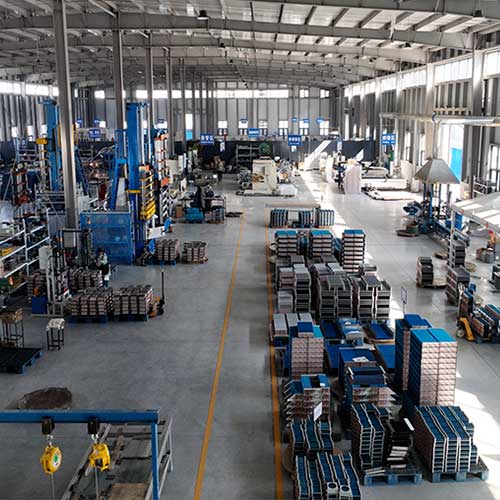Parallel flow microchannel condenser
Products Description
Parallel flow microchannel condenser
1. Structure and materials Core components: including parallel manifolds, porous flat tubes (aluminum, wall thickness 0.38-0.53mm), corrugated fins (aluminum foil, thickness 0.08mm) and partitions. There are multiple microchannels (such as 10-21 holes) in the flat tubes, which are divided by rib structures to enhance heat transfer and pressure resistance. Fin design: Sine wave or crankshaft fins increase air disturbance, and louver openings improve heat dissipation efficiency.
2. Working principle The refrigerant enters the manifold from the inlet pipe, is diverted to multiple flat tubes through the partition, and condenses and releases heat in the microchannel. The heat is transferred to the air side through the fins and finally flows back to the refrigeration system from the outlet pipe. Uniform heat exchange is achieved by optimizing the flow distribution (such as adjusting the number of flat tubes for different processes).
3. Manufacturing process The flat tube and fin are integrated by brazing process to ensure structural strength and heat conduction efficiency. The refrigerator condenser uses a single “U”-shaped microchannel tube bent into a serpentine or square shape to fit the groove of the fixed plate to reduce the space occupied by the foam layer. 4. Performance parameter example Cooling capacity ≥11500W, air resistance ≤158Pa, refrigerant side resistance ≤0.069MPa. Applicable temperature range: -30℃~+121℃, ambient temperature -30℃~+72



VIDEO INTRODUCTION
Send Inquiry
You Might Also Like














